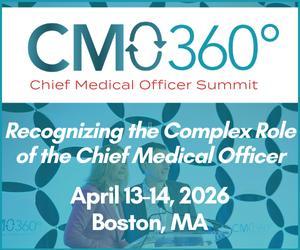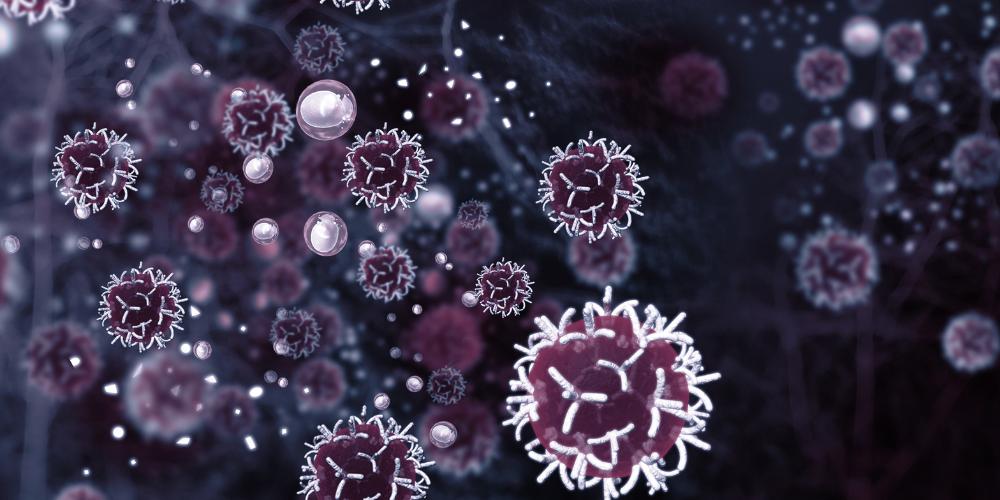Dr Carolyn Bertozzi Shares Her Award-Winning Work in IO and Her Hope for Greater Diversity in the Field
2022 Nobel Prize Laureate in Chemistry, Carolyn Bertozzi, PhD gives an update on her presentation involving Siglec family of receptors at the IO360º 2023 Summit and her work promoting greater diversity in STEM fields.

What work did you present at IO360º 2023?
I focused on a project that my lab started when I was at UC Berkeley that started with a long-standing observation about changes in cell surface glycosylation in tumors.
It's been known for around 70 years now that tumors often undergo an increase in levels of a certain type of glycosylation that involves a sugar called sialic acid. We discovered that these tumor-associated sialic acids are ligands for a class of immune checkpoint receptors that are newly appreciated as major players in cancer immune suppression. Those receptors are called the Siglec family of receptors.
"Our work suggests that the sialic acids on the tumors and the Siglec receptors on immune cells are a major axis of immunosuppression that might undermine the performance of that first generation of checkpoint inhibitors."
You spoke about a new therapeutic modality. Can you expand on that?
This is a new therapeutic modality that we prototyped in my lab, which is a fusion between a tumor-targeting antibody and an enzyme called sialidase. The antibody-sialidase fusion targets cancer cells, removes their sialic acids and deprives them of ligands for Siglec immune checkpoint receptors.
What’s the origin of this work?
We started the project around the time that the first generation of checkpoint receptor inhibitors were approved by the FDA. We recognized that while patients who respond to those therapies can respond dramatically with a durable remission, the majority of patients receiving those treatments actually don't benefit from them.
Our work suggests that the sialic acids on the tumors and the Siglec receptors on immune cells are a major axis of immunosuppression that might undermine the performance of that first generation of checkpoint inhibitors.
What’s the potential impact for patients and the field?
We believe that the patients that don't respond to the PD-1/PD-L1, CTLA-4 targeting drugs may respond to our sialidase therapeutics, and that potentially a combination of those immune therapies would be even more useful on the broader spectrum for patient populations.
Our premise is that the field has totally overlooked a very important axis of immune modulation because it comes from glycoscience, which is a field not many people are that familiar with, but that it's the elephant in the room and we're ready to make medicines that target it.
"Our premise is that the field has totally overlooked a very important axis of immune modulation because it comes from glycoscience, which is a field not many people are that familiar with, but that it's the elephant in the room and we're ready to make medicines that target it."
How does this approach combine or replace existing therapies?
Our preclinical data would suggest that there will be tumor indications for which the targeted sialidase will be active as a single agent. We also have data showing that in combination with blockers of PD-1 and PD-L1, it’s possible to increase the population of model animals that respond to these therapeutics. We've structured our clinical trial plan at Palleon to look both at single-agent efficacy, neoadjuvant setting, and also combination setting.
You’re a passionate advocate for increasing gender equity and diversity in science. Can you share why this is so important for the future of immuno-oncology?
I work in a chemistry department; chemistry is one of the physical sciences where women and people of color are historically very under-represented. I think this has been to the detriment of progress in my field. If you look more broadly at the upper echelons of academia and the biotech industry, you see that there's an overrepresentation of certain kinds of people and an underrepresentation of people who are typically minoritized: women and people who identify as underrepresented minorities.
This limits the field because drug discovery is hard. Immuno-oncology is hard. You need the best, most innovative talent to come in and bring perspectives from every walk of science. I come into the field of immuno-oncology with a background in chemistry and glycoscience, and my background gives me a perspective that's different from the other practitioners, and hopefully that leads to innovation, which leads to better cures. And so likewise, in science in general, we'll be able to give more to humanity, which is our goal as scientists, if we can include more people that represent humanity.
In this article









